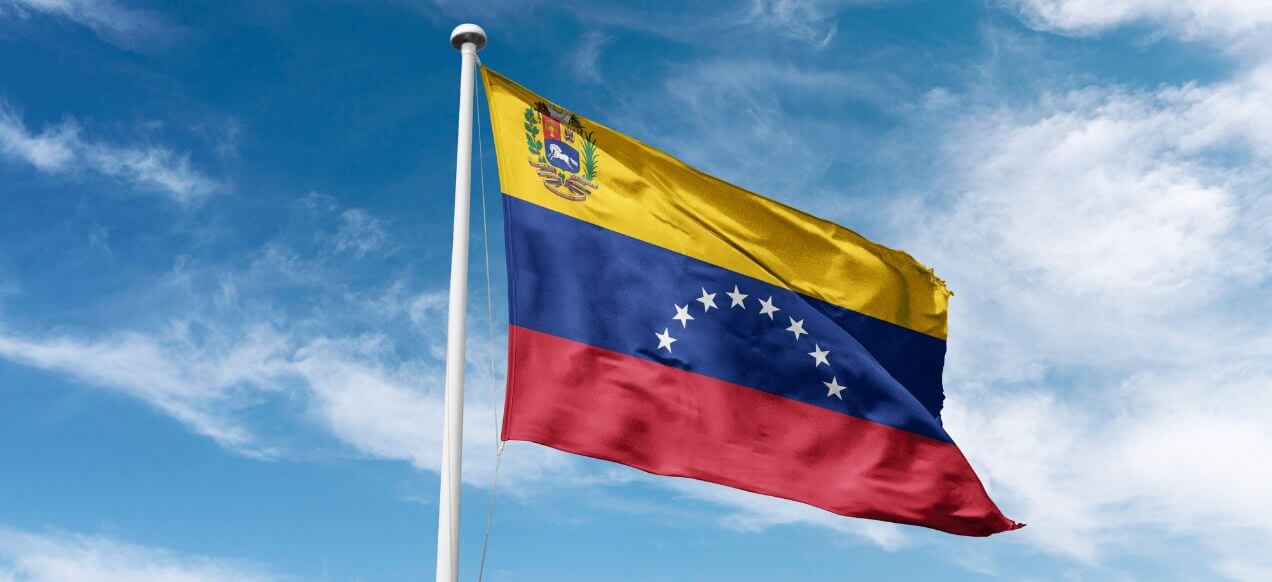Trade risk: Venezuela has a future – but what?

In the wake of the illegitimate 20 May presidential elections, Venezuela is at an inflection point. The country faces an acute political and economic crisis, and the Maduro government’s long-term viability is low. For trade and export financiers, it is important to consider what comes next in Venezuela, and what signals will determine the country’s path.
Few countries present as grim a risk picture for exporters, lenders, insurers and investors as Venezuela. There are other countries that have recently over-extended themselves in a high-commodity price environment – Angola, Ghana, Zambia, Chad among them – but none have experienced the kind of economic collapse and political crisis that Venezuela is going through, nor have they declined from such heights of wealth as Venezuela had in the 1970s to the essentially failed state it is today. Venezuela thus provides a cautionary tale for risk managers assessing their global exposures and strategies.
For market participants, it is useful to consider how Venezuela arrived at its current crisis, what paths lay before it, and how new developments signal a change in Venezuela’s direction.
Venezuela has the largest proven oil reserves in the world, and oil accounts for 95% of export earnings. In large part, perceptions and mismanagement of this resource are the primary source of Venezuela’s political and economic problems. The commodity had a central role in establishing Venezuela as the wealthiest country in Latin America by the 1970s. In the 1980s, the oil glut and a subsequent sovereign default led to stagnation and declines in living standards, along with rising frustration among the poor majority. The subsequent victory of the populist socialist Hugo Chavez in 1998 elections, following his earlier attempted coup in 1992, saw the politicization of the state oil company Petróleos de Venezuela SA (PDVSA), aggressive domestic social spending, and wasteful foreign policy financing initiatives – policies that were all dependent on oil prices around the $100 per barrel mark.
Chavez’s “Bolivarian revolution” bankrupted the country. Heavily influenced by Fidel Castro and the Cuban model, Chavez complemented his domestic agenda with a reorientation of Venezuela’s foreign policy away from its largest export market, the United States. Chavez’s chosen successor, Nicolas Maduro, doubled down on the same disastrous policies, driving away international investment, hampering economic development, and emptying state coffers, all while oil prices plunged starting in 2014. With its negative impact on good governance and accountability, corruption, which has always been a problem in Venezuela, has accelerated dramatically among senior military, security, and police officials and led to Venezuela becoming a key narcotrafficking hub.
Venezuela’s major economic indicators are calamitous and accompany a growing internal humanitarian crisis and refugee exodus to neighboring states. Oil production has declined from a high of over 3 million barrels per day (bpd) in 2000 to 2.3 million bpd in 2016. Since then, production has fallen to about 1.4 million bpd today – 1.1 million bpd is exported, and half of the exports are used to repay Chinese and Russian loans, according to Asdrúbal Oliveros at Ecoanalítica in Caracas. With all the problems at PDVSA, daily production may fall below 1 million bpd by 2019. Hyperinflation is well-entrenched, and the IMF’s current estimate indicates inflation could rise to 13,000 percent this year.


